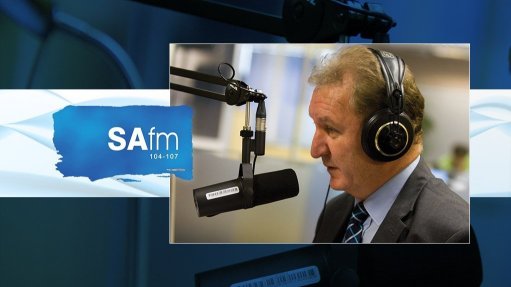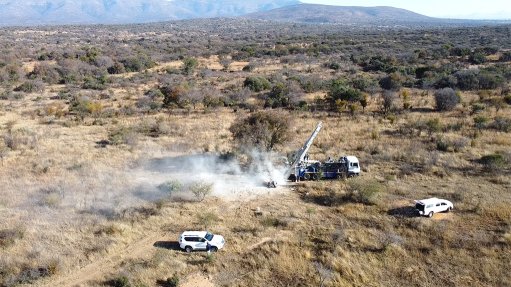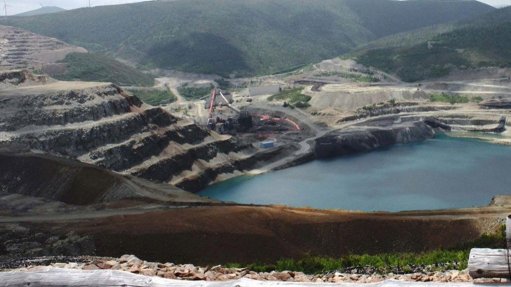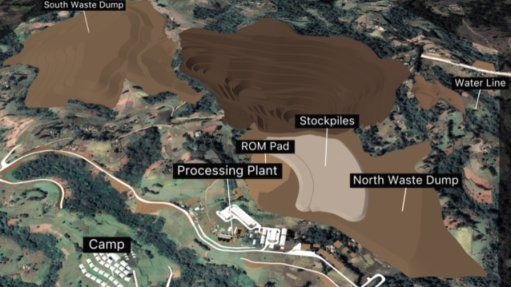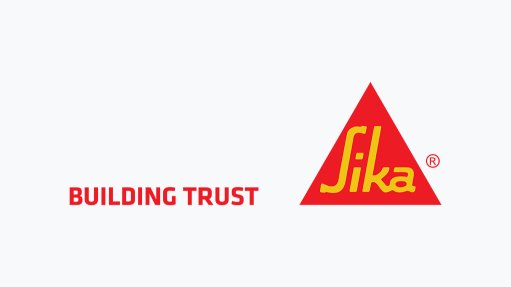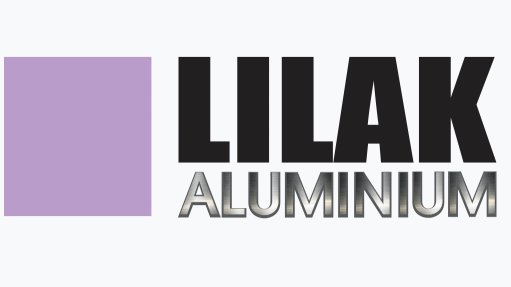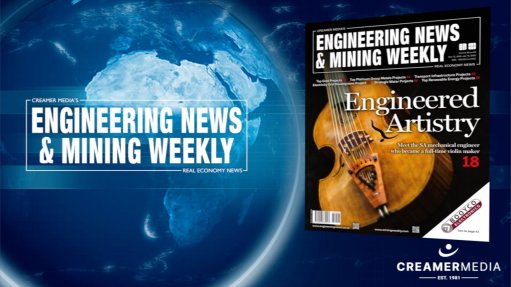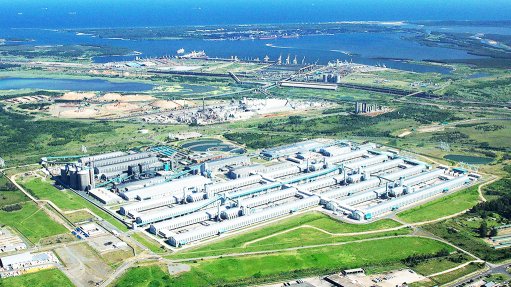Advanced system boosts exploration accuracy

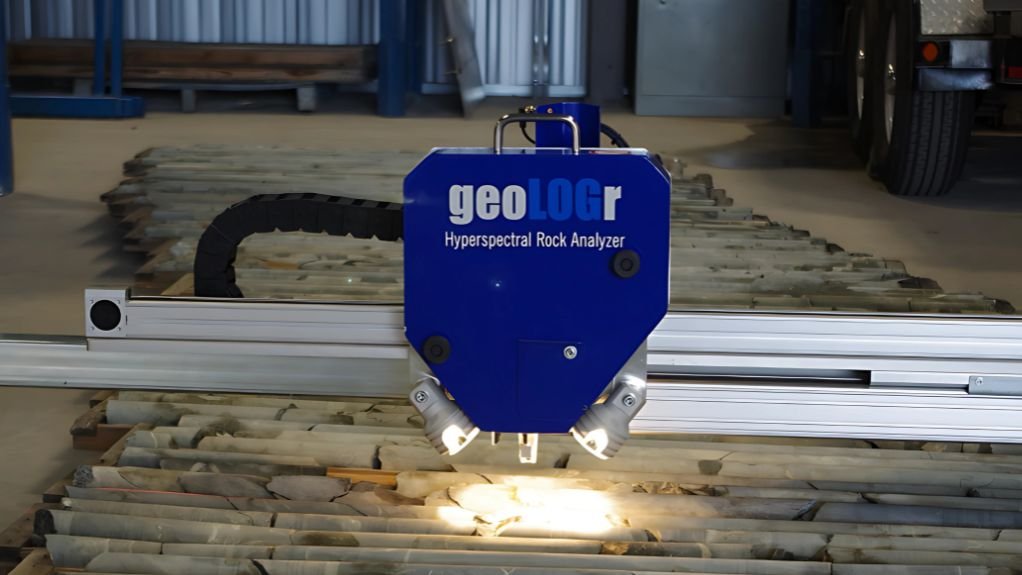
COMBATING TIGHT BUDGETS The geoLOGr is particularly beneficial for junior mining companies operating on tight budgets that require mobility to remote sites and operate in uncertain investment climates
I n boosting core logging techniques, mining technology integrator Dwyka Mining Services, in partnership with Canadian technology company Hyperspectral Intelligence Incorporated (HII), is positioning the advanced core scanning system – the geoLOGr – as an ideal tool for African exploration field work.
The geoLOGr enhances the speed, objectivity and consistency of mineralisation identification, which is critical in regions with incomplete geological records and limited skilled personnel.
The geoLOGr device employs a hyperspectral sensor-based approach for compositional rock identification, reducing variability in core logging and enabling explorers to identify mineralised zones “with confidence”, says Dwyka CEO Jamie van Schoor.
The device’s rugged, portable design makes it ideal for remote environments, while its ability to deliver outputs within a few days accelerates decision-making on site, according to HII.
Van Schoor says this fast turnaround is also valuable in early-stage African projects, where time, remote locations and budget constraints are common.
The device integrates spectral data with geochemical, geotechnical and mineralogical data sets, allowing for multi-modal analysis that helps with geological understanding. This approach supports the creation of realistic three-dimensional geological models, even in greenfield areas, he adds.
The geoLOGr also provides training and onboarding to develop local skills, to help ensure that teams working in Africa can manage instrument use and data collection effectively, says HII CEO Dr Michelle Tappert.
In addition, a rental-based model exists, which includes unlimited scanning, and further helps junior and midtier companies to adopt this technology without heavy capital investment.
HII’s partnership with Dwyka allows for direct deployment of the technology at projects across Africa, including in Dwyka’s new hub of operations in Botswana.
The collaboration represents an “exciting” expansion of automated drill core logging services, from supporting operational mines to assisting with early-stage projects and exploration work, says Tappert.
Traditional visual logging methods rely heavily on geologists’ experience and are subjective, with accuracy often ranging between 20% and 60%, especially in complex geological settings. The geoLOGr, however, uses reflectance spectroscopy to achieve accuracy that is consistently above 90%, validated against laboratory geochemical data.
This eliminates human bias and provides reproducible results, she adds.
The system also reduces the risks associated with missed mineralised zones and inconsistent logging by providing quick results within 48 hours, allowing for decisions to be made during drilling. This accelerated approach shortens project timelines and can reduce discovery periods from six years to just 18 months, says Tappert.
ESG Value Addition
The geoLOGr also adds value to environmental, social and governance (ESG) reporting, as the technology’s nondestructive, portable design lowers the need for excessive sampling and transport, reducing emissions and environmental disturbance.
“Faster project timelines decrease site presence, which limits disruption to local communities and lessens pressure on regional infrastructure,” adds Tappert, noting that the system also produces auditable data, consequently improving transparency for regulatory reporting and stakeholder engagement.
The device is particularly beneficial for junior mining companies operating on tight budgets and in uncertain investment climates.
HII applies a flat-rate rental model, which includes unlimited scanning and processing, which encourages full-core scanning and eliminates the risk of sampling bias, she explains.
In addition, cloud-based data processing further supports cost-efficiency and speed, as data uploaded to the cloud at the end of each shift undergoes immediate quality assurance and calibration checks, reducing delays and ensuring high-integrity datasets.
This centralised oversight model enables HII to maintain accuracy without deploying technicians to every site and, to manage connectivity challenges in remote regions, the company has implemented a robust upload protocol that pauses and resumes automatically during network interruptions.
“Dwyka’s partnerships with providers, such as SpaceX and BlueWireless, enable the use of Starlink services, delivering 99% uptime in eligible territories. This has already supported projects in Botswana, and will soon extend to Zambia, Zimbabwe and Rwanda,” says Van Schoor.
Data-Driven Analysis
Tappert explains that HII’s proprietary data processing framework is built on advanced signal processing, statistical modelling and expert-designed algorithms, eliminating the need for external training datasets.
She says that this data-driven approach does not rely on historical datasets or large volumes of prior data to function. This capability significantly reduces deployment complexity, speeds up onboarding and avoids the limitations often associated with AI models that require extensive pre-training on site-specific data.
However, once auxiliary data, such as multi-element geochemistry, becomes available, machine learning can enhance models further, improving rock identification accuracy from 90% to over 97%, she elaborates.
The geoLOGr is adaptable to different rock types and critical minerals projects, including those targeting lithium, cobalt and rare earth elements. Its performance also remains consistent across a range of geological settings, from ultramafic to low-reflectivity rocks, making it valuable for greenfield exploration.
“We recommend pilot studies before full deployments to confirm suitability for specific projects. Clients have reported that the system has transformed their exploration workflows by providing high-confidence, data-driven insights that optimise drilling and accelerate discoveries,” concludes Tappert.
Article Enquiry
Email Article
Save Article
Feedback
To advertise email advertising@creamermedia.co.za or click here
Announcements
What's On
Subscribe to improve your user experience...
Option 1 (equivalent of R125 a month):
Receive a weekly copy of Creamer Media's Engineering News & Mining Weekly magazine
(print copy for those in South Africa and e-magazine for those outside of South Africa)
Receive daily email newsletters
Access to full search results
Access archive of magazine back copies
Access to Projects in Progress
Access to ONE Research Report of your choice in PDF format
Option 2 (equivalent of R375 a month):
All benefits from Option 1
PLUS
Access to Creamer Media's Research Channel Africa for ALL Research Reports, in PDF format, on various industrial and mining sectors
including Electricity; Water; Energy Transition; Hydrogen; Roads, Rail and Ports; Coal; Gold; Platinum; Battery Metals; etc.
Already a subscriber?
Forgotten your password?
Receive weekly copy of Creamer Media's Engineering News & Mining Weekly magazine (print copy for those in South Africa and e-magazine for those outside of South Africa)
➕
Recieve daily email newsletters
➕
Access to full search results
➕
Access archive of magazine back copies
➕
Access to Projects in Progress
➕
Access to ONE Research Report of your choice in PDF format
RESEARCH CHANNEL AFRICA
R4500 (equivalent of R375 a month)
SUBSCRIBEAll benefits from Option 1
➕
Access to Creamer Media's Research Channel Africa for ALL Research Reports on various industrial and mining sectors, in PDF format, including on:
Electricity
➕
Water
➕
Energy Transition
➕
Hydrogen
➕
Roads, Rail and Ports
➕
Coal
➕
Gold
➕
Platinum
➕
Battery Metals
➕
etc.
Receive all benefits from Option 1 or Option 2 delivered to numerous people at your company
➕
Multiple User names and Passwords for simultaneous log-ins
➕
Intranet integration access to all in your organisation







